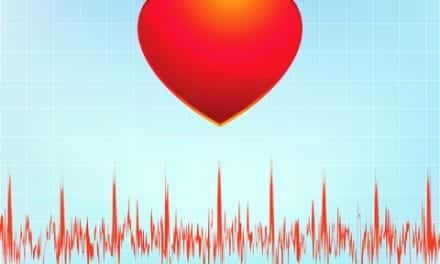A new study has shown how circadian rhythms in heart cells help to change heart function over the course of the day and may explain why shift workers are more vulnerable to heart problems.
Scientists have shown that heart cells regulate their circadian rhythms through daily changes in the levels of sodium and potassium ions inside the cell. The different levels of sodium and potassium ions inside and outside heart cells allow the electrical impulse that causes their contraction and drives the heartbeat. Cellular ion concentrations were thought to be fairly constant, but scientists have now found heart cells actually alter their internal sodium and potassium levels across the day and night. This anticipates the daily demands of our lives, allowing the heart to better accommodate and sustain increased heart rate when we’re active.
It is already known there are daily clocks in heart cells, and other tissues; normally synchronized by hormonal signals that align our internal daily rhythms with the day/ night cycle. Daily rhythms of heart function have been known about for years and thought to be due to greater stimulation by the nervous system during the day. This new study, supported by the Medical Research Council and AstraZeneca Blue Sky Initiative, shows circadian rhythms within each heart cell can also affect heart rate.
The team, led by scientists at the MRC Laboratory for Molecular Biology in Cambridge, UK, in collaboration with AstraZeneca, say understanding how these changes in ion levels alter heart function over the day may help to explain why shift workers are more vulnerable to heart problems because ion rhythms are driven by clocks in the heart get “out of sync” with their stimulation from clocks in the brain. This new understanding could lead to better treatments and preventative measures for combatting heart conditions, according to the authors.
The study, published in the journal Nature Communications, found these daily rhythms in sodium and potassium occur to allow changes in cellular proteins, with ions being pumped out to make room for daily increases in protein levels. The study’s lead author, Alessandra Stangherlin, says in a statement that she was amazed to find sodium/potassium levels changing by as much as 30% in isolated cells and heart tissue. This imparts a striking two-fold daily variation to the electrical activity of isolated heart cells. In mice, this appears to be just as relevant to understanding daily changes in heart rate as nervous control.
“The ways in which heart function changes around the clock turn out to be more complex than previously thought,” says lead author John O’Neill, from the MRC Laboratory of Molecular Biology, in a release.
“The ways in which heart function changes around the clock turn out to be more complex than previously thought. The ion gradients that contribute to heart rate vary over the daily cycle,” he says. “This likely helps the heart cope with increased demands during the day, when changes in activity and cardiac output are much greater than at night, when we normally sleep. It opens up the exciting possibility of more effective treatments for cardiovascular conditions, for example by delivering drugs at the right time of day.”




